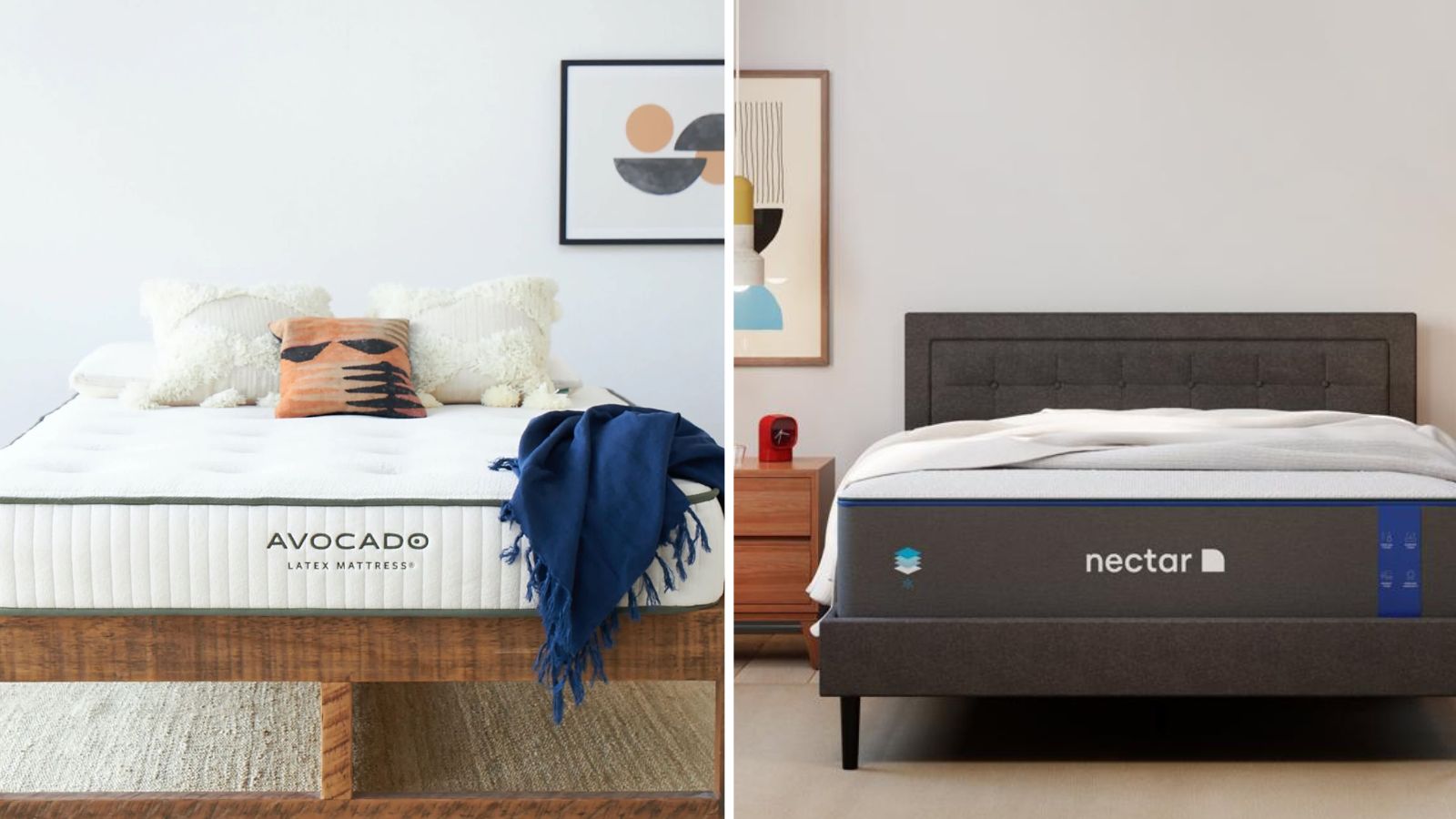
As I save up for a new mattress, I'm weighing up the pros and cons of latex vs memory foam mattresses. I sleep on memory foam at the moment: it's what I'm used to and I appreciate the cushioning comfort for pressure relief. Still, latex is so much more breathable and durable, and I want my new bed to see me through all four seasons and last as long as possible.
To the untrained eye, there isn't much difference between mattress types. Both latex and memory foam aim to strike the perfect balance between comfort and support to suit every sleeper. Without testing the beds in person, it's hard to work out which mattress best meets your sleep needs.
That's where I come in. As H&G's resident sleep writer, I lead the search to find and crown the world's best mattress. We've tested dozens of beds, including healthy handfuls of latex beds and memory foam models, so I can tell you all the pros and cons of latex vs memory foam mattresses. I've even rounded up a few of my favorite beds to save you time and money in your mattress shopping.
Latex vs Memory Foam Mattress: Pros + Cons
This article should tell you everything you need to know about latex vs memory foam mattresses, from how they're made to who they suit to what they cost. For the sake of a fair fight, I've assessed both mattress types against the same criteria: comfort; support; cooling properties; motion isolation; edge support; and weight bearing capacity.
What's the difference between latex and memory foam mattresses?
Before we begin, it always helps to define our terms. For the benefit of visual learners, I've outlined the differences between latex vs memory foam mattresses in the table below.
A latex mattress is springy and responsive, filled with natural sap from rubber trees (you'll also find synthetic latex, which offers comparable performance at a lower price, but I suggest you stick to the good stuff). There are two ways of making latex. The Dunlop method involves baking rubber sap in a vulcanization oven to produce dense, firm foam, which makes a great support layer. Then, there's the Talalay method, where the sap is vacuum-sealed, frozen, then injected with carbon dioxide to produce spongy, springy foam, which makes better comfort layers.
I'd recommend a latex mattress for all sorts of sleepers, whether you lie on your front, back, or side. Latex is breathable, durable, and sustainable, so it's a great option for hot sleepers and eco-conscious shoppers.
A memory foam mattress feels soft and supportive, filled with thick layers of polyurethane or viscoelastic foam. Originally invented by NASA scientists to absorb the G-force of astronauts in transit, memory foam offers excellent motion isolation. Most memory foam mattresses feature a few different kinds of foam: support foam for a solid base; transition foam to minimize friction between the layers; and plush foam for comfort layers.
I'd recommend a memory foam mattress for anyone who suffers from chronic pain and needs a little pressure relief. It's also great for side sleepers who need a bed with a bit of give.
What are the pros of a latex mattress?

I'm in that time of life when all my friends are moving out and buying their own beds for their new homes. I'm often asked, 'is it good to sleep on latex?', and my answer is almost invariably 'yes'. Latex offers all the contouring support of memory foam without the heat retention and with far superior eco-credentials. Keep an eye out for a badge that reads 'GOLS': that means your mattress meets the Global Organic Latex Standard for sustainable, ethical manufacture.
Like a lot of natural fibers, latex is highly breathable. You'll read about open-cell structures and natural perforations, all of which leave plenty of room for air to flow throughout the bed. It's no coincidence that some of the best cooling mattresses are made from latex. If you're a hot sleeper or you live in a warmer climate, I suggest you invest in a latex mattress.
Latex is also super responsive: it's designed to bear your weight then spring back into shape as soon as you get out of bed in the morning. All that elasticity takes some pressure off your joints, which should help to ease your aches and pains, and creates a nice bit of bounce to stop that sinking feeling.
One of the best things about latex is its durability. If you take good care of your latex mattress, and wrap it in the best mattress protector to guard against spills and stains, you could get as much as 20 years of use from it. Your average latex mattress should last you at least a decade, which is almost twice as long as the lifespan of a memory foam mattress. If you want to spend once and spend well, go for a latex bed.
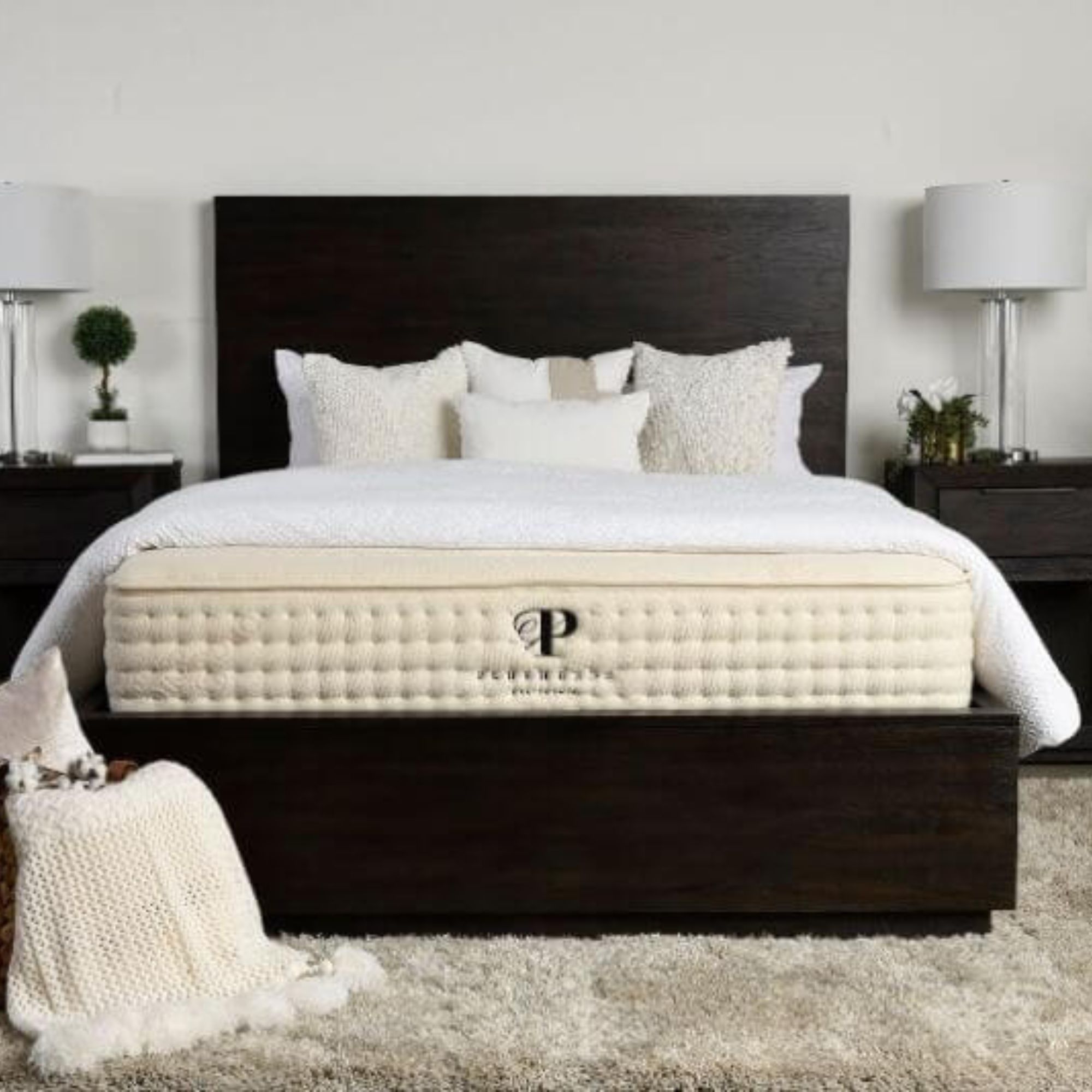
This is the best organic mattress on the market. Filled with organic latex for pressure relief and wrapped in an organic cotton cover to boost breathability, I'd recommend this bed for hot sleepers and anyone who struggles with chronic aches and pains.
You can find more detail in our PlushBeds Botanical Bliss Organic Latex Mattress review.
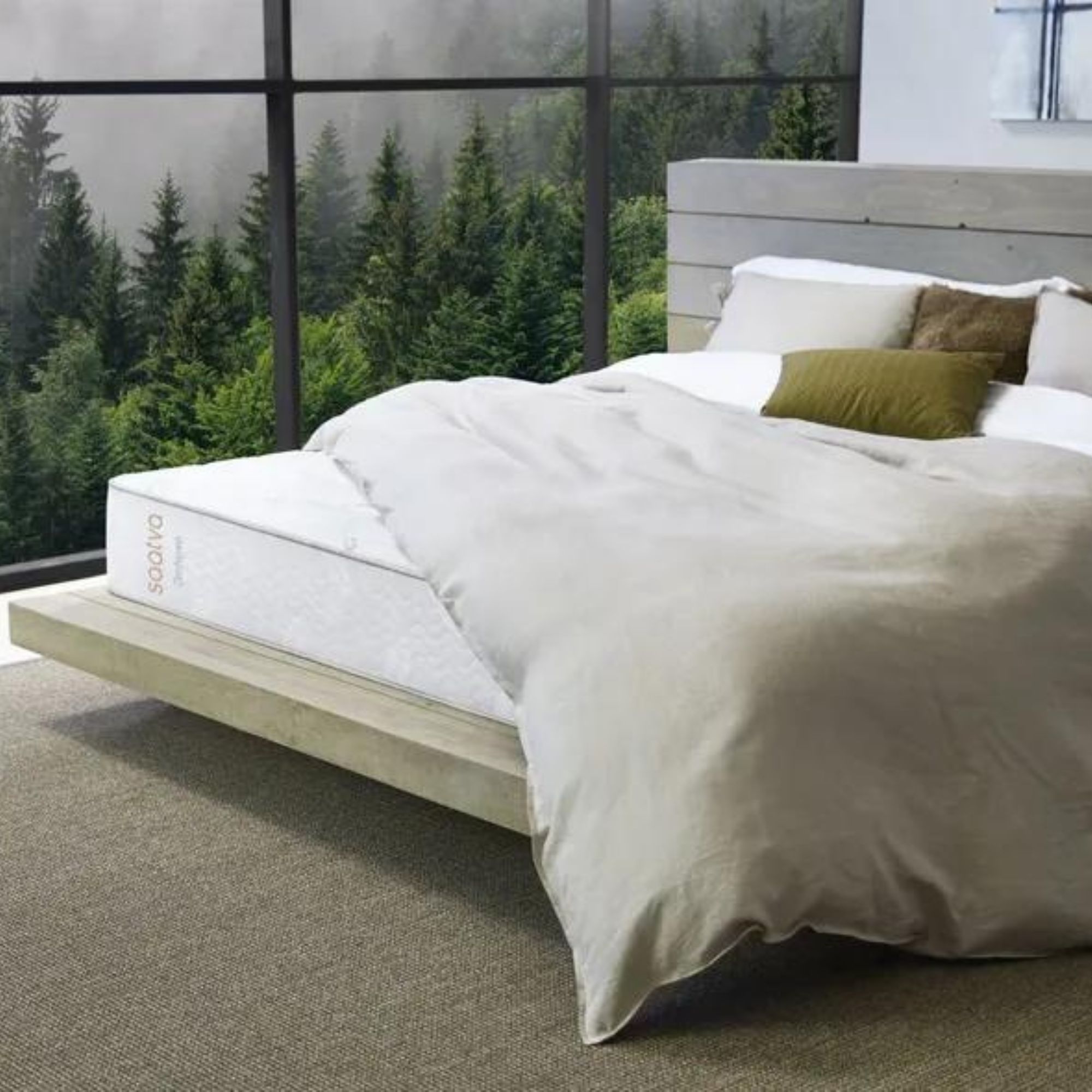
This dual-sided mattress is designed to suit every sort of sleeper. There's a Luxury Plush side with plenty of give to cushion your joints, as well as a Gentle Firm side to lift and lengthen your spine. A flippable mattress like this one is just the thing for a guest room.
You can find more detail in our Saatva Zenhaven Natural Latex Mattress review.
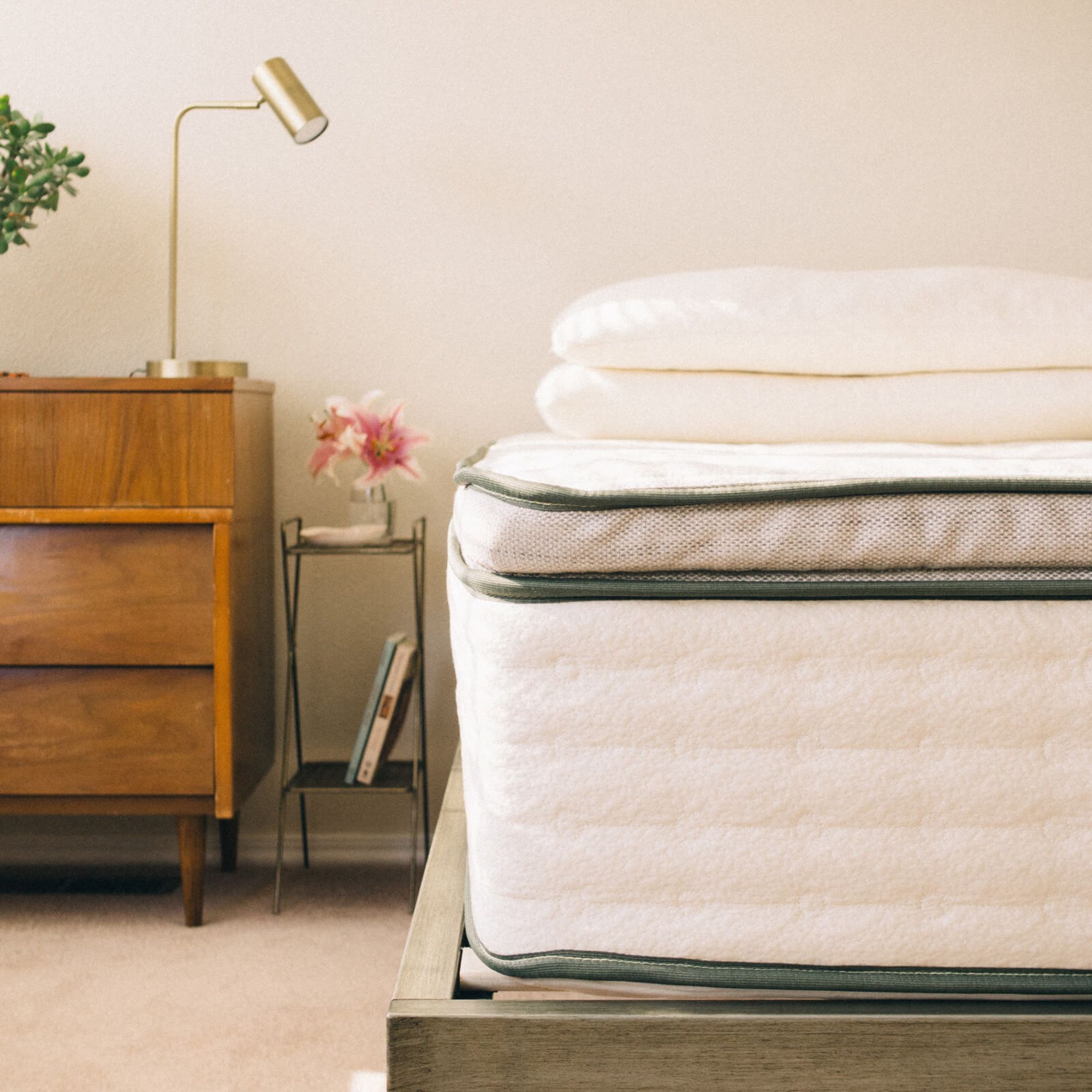
This latex hybrid mattress is founded on more than 1,000 spring coils, ergonomically arranged for targeted support. If you prefer to purchase vegan products, I suggest you shop the Avocado Vegan Mattress. It's almost exactly the same as the Organic Latex model, only without the wool.
You can find more detail in our Avocado Organic Latex Mattress review.
What are the cons of a latex mattress?
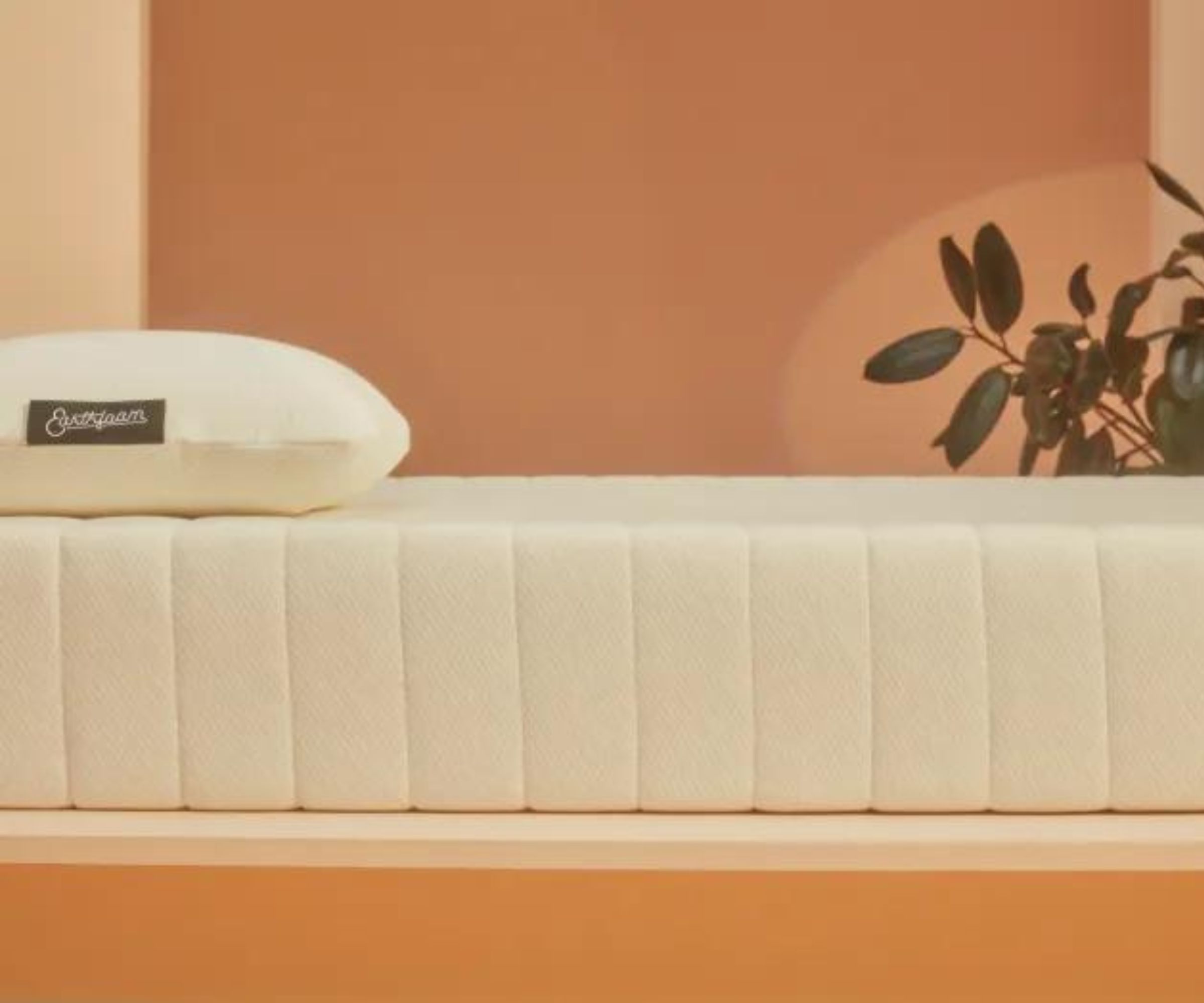
Your average latex mattress will set you back a few thousand dollars. It costs a lot more money to farm and manufacture organic produce safely and sustainably than it does to whip up a memory foam formulation. Still, I always advocate buying organic, and there are latex options for buyers on a budget. Try the Earthfoam Organic Mattress: you get great edge support and pressure relief for just $999 for a Queen. If you've got your heart set on another latex mattress, you could shop the mattress sales. I saw $1,500 discounts on latex beds over Memorial Day and I'm expecting deep discounts for the 4th of July.
Then, there's a matter of personal preference: you might not like how a latex mattress feels. Latex typically feels firmer than memory foam, which is good news for back and stomach sleepers, but might leave side sleepers wanting. Latex is also heavy, so latex beds can prove tricky to lift and rotate, but you shouldn't face that problem more than once or twice a year.
What are the pros of a memory foam mattress?
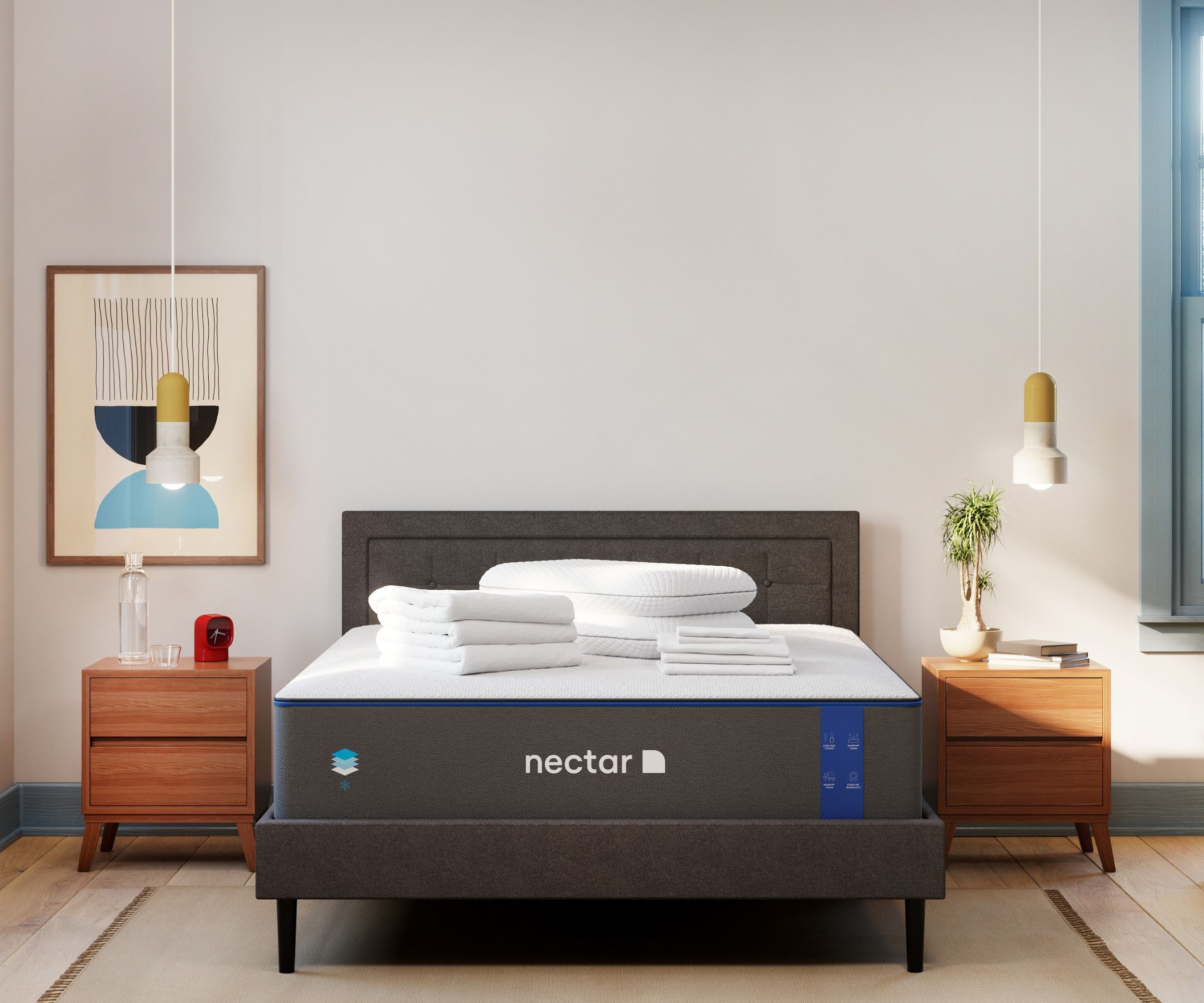
Memory foam contours to your curves, responding to your body's unique shape, size, and temperature. Memory foam is made to bear your weight and take the pressure off your joints: in that way, it's a lot like latex. Memory foam feels soft and squishy, with just enough give to cushion your hips, knees, neck, and shoulders, while keeping your spine aligned. Out of all the mattress types, memory foam is an ideal mattress material for side sleepers and anyone in need of pain relief.
Memory foam started its life as a motion absorber in spaceships and airplanes, so it's no surprise that it makes a great motion isolator in a mattress. I'd recommend a memory foam mattress for light sleepers and anyone who shares a bed with a pet or partner: they could toss and turn all night on the other side of the bed and you shouldn't feel a thing.
The best memory foam mattress is much less expensive than your average latex bed. You shouldn't need to pay more than $1,000 to get a Queen-sized bed with plush comfort and ample support.
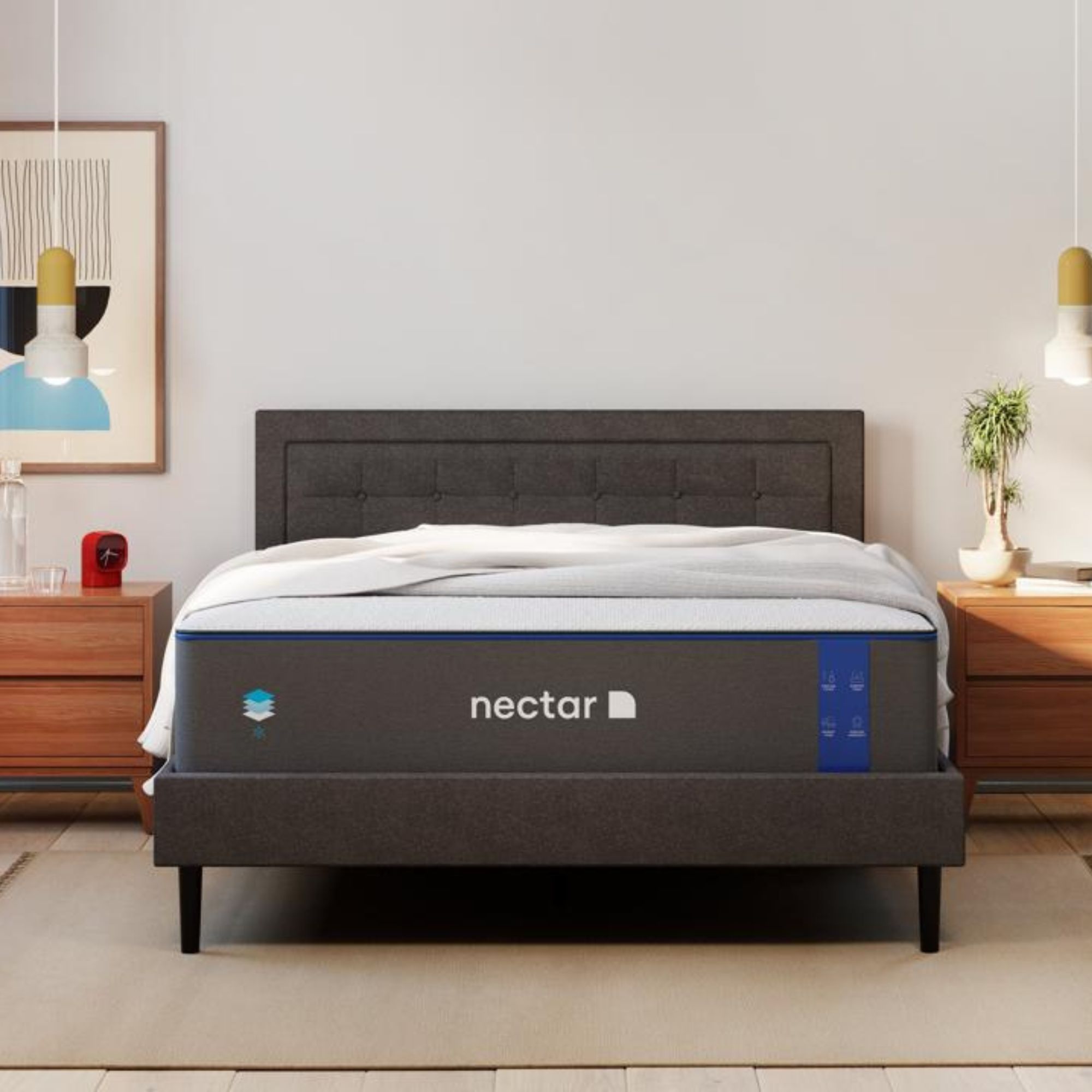
Our expert tester, Casey, suffers from fibromyalgia, which sends shooting pains all the way across her body. The Nectar Memory Foam Mattress didn't cure her chronic pain, but all that thick foam relieved some pressure and made it much easier for her to fall asleep.
You can find more detail in our Nectar Memory Foam Mattress review.
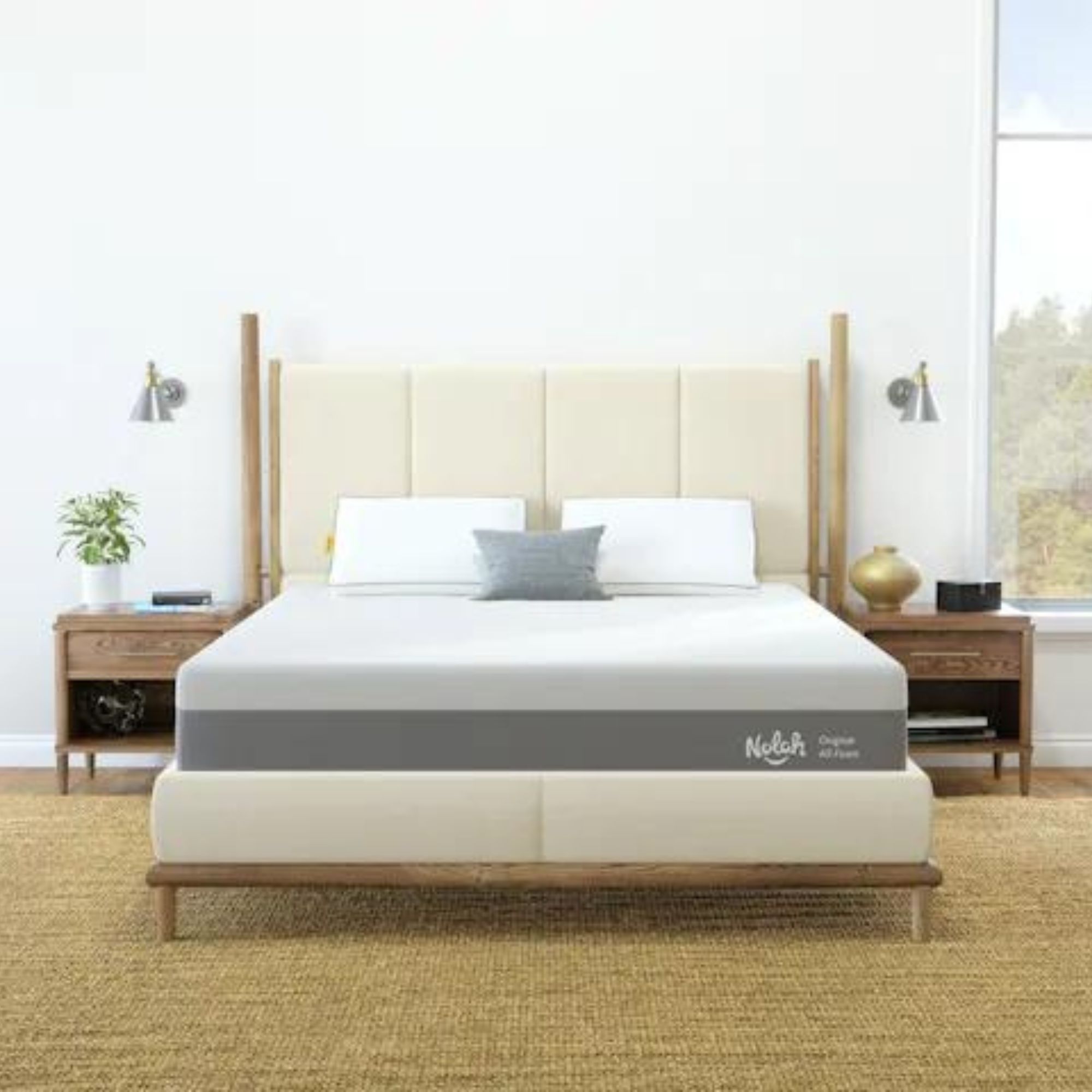
Memory foam gets a bad rap for hot sleepers: all that dense material doesn't leave a lot of room for air to flow. That's why Nolah use AirFoam, instead, which is much the same thing, only perforated to boost breathability through the bed.
You can find more detail in our Nolah Original Mattress review.
This is the best box mattress on the market. The Emma Original Mattress arrives in a compact package, delivered right to your door. All you need to do is carry it into the room of your choice, cut the plastic, and wait for the bed to inflate. It should only take a couple of hours and you could sleep on the bed that same night.
You can find more detail in our Emma Original Mattress review.
What are the cons of a memory foam mattress?
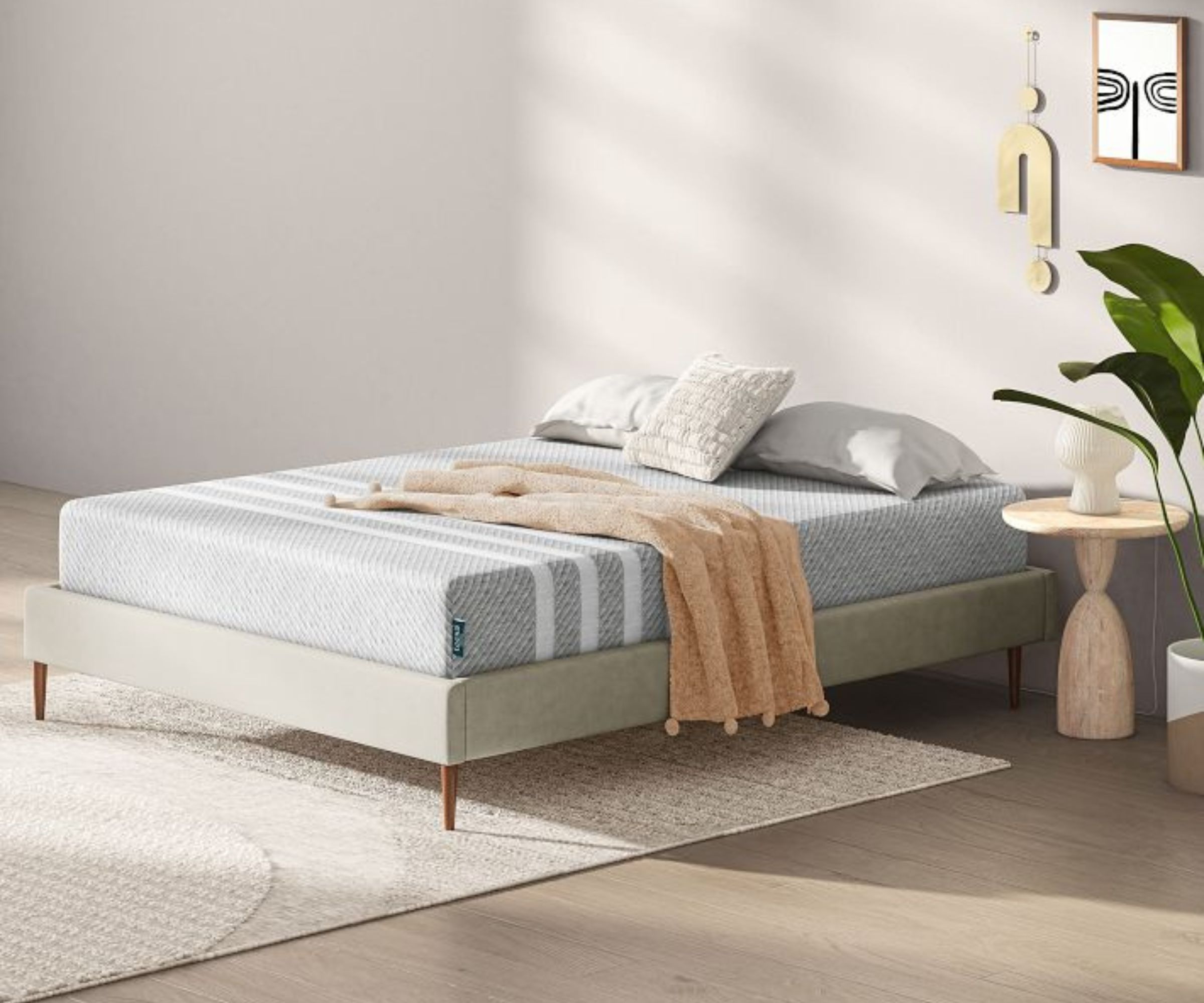
As a hot sleeper, the thing I find most difficult about memory foam is the heat retention. There's little to no room for air to flow through the thick foam, so heat gets trapped and moisture builds up inside the mattress, which could lead to mold and mildew. If you like the look and feel of memory foam, but you're keen to sleep cool, I suggest you narrow the search to a gel memory foam mattress, which is designed to dissipate heat and wick moisture. The Zinus Cooling Green Tea Mattress might be your best bet.
Memory foam isn't an especially durable material. Over time, your memory foam mattress will incur indents and impressions, which could lead to sagging and loss of support around the areas where you tend to sleep. A memory foam mattress might only last you 5 to 7 years, while you could get decades of use out of a latex mattress.
There's also the mattress off-gassing to consider. Polyurethane, the material that makes up memory foam, contains a lot of volatile organic compounds or VOCs. When these chemicals are released into the air, they emit an unpleasant odor. This should only pose a problem for the first day or two after you unwrap your mattress, and it's totally harmless, but I suggest you air out your memory foam mattress for a night or two to stay on the safe side.
Latex vs memory foam mattress FAQs
Which is the best latex mattress?
After months and years of testing, we've decided that the PlushBeds Botanical Bliss Organic Latex Mattress is the best latex mattress on the market. You get to choose your ideal mattress size, height, firmness and feel, then it's made to order and delivered to your door.
Which is the best memory foam mattress?
You'll find a memory foam mattress in most of our bedding buying guides, but only one is a serious contender for the title of best mattress, and that's the Nectar Memory Foam Mattress. For less than $700, you could get a Queen-sized bed filled with thick layers of foam, infused with cooling gel, and wrapped in a shift-resistant cover.
Should I buy a latex or a memory foam mattress?
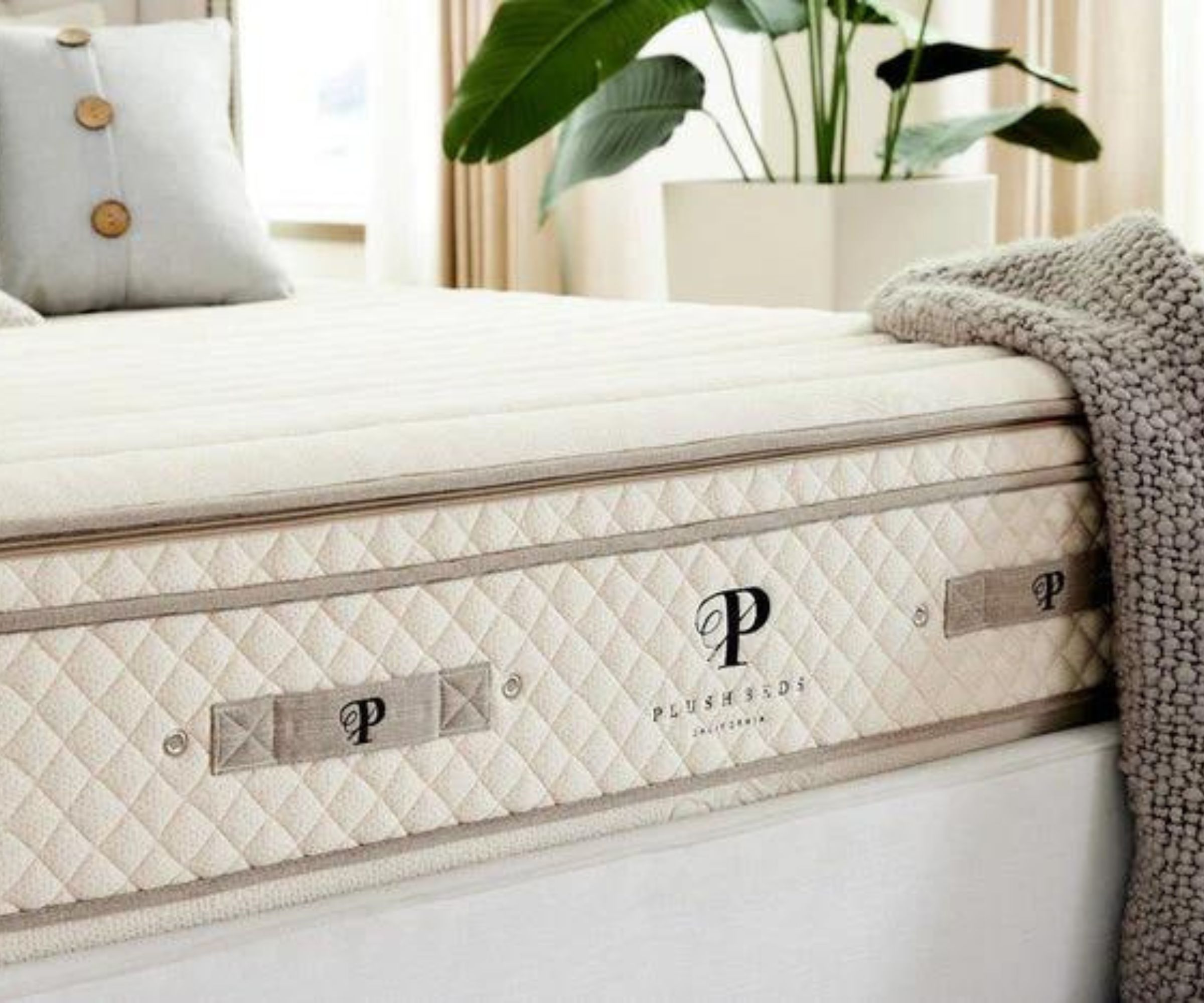
If you're a side sleeper, a light sleeper, or you're buying on a budget, I suggest you invest in a memory foam mattress. If you can spare the cash, or you can save until you really need a new bed, then I'd much rather recommend a latex mattress. Breathable and durable, latex is a far more sustainable option that should suit most sleepers.
If you still can't make up your mind between the mattress types, then I suggest you conduct a mattress sleep trial. That way, you can test your bed through several seasons, paying careful attention to its thermoregulation, before you need to commit to your purchase. If you still don't like it at the end of the test period, then you can return your mattress and get your money back.







